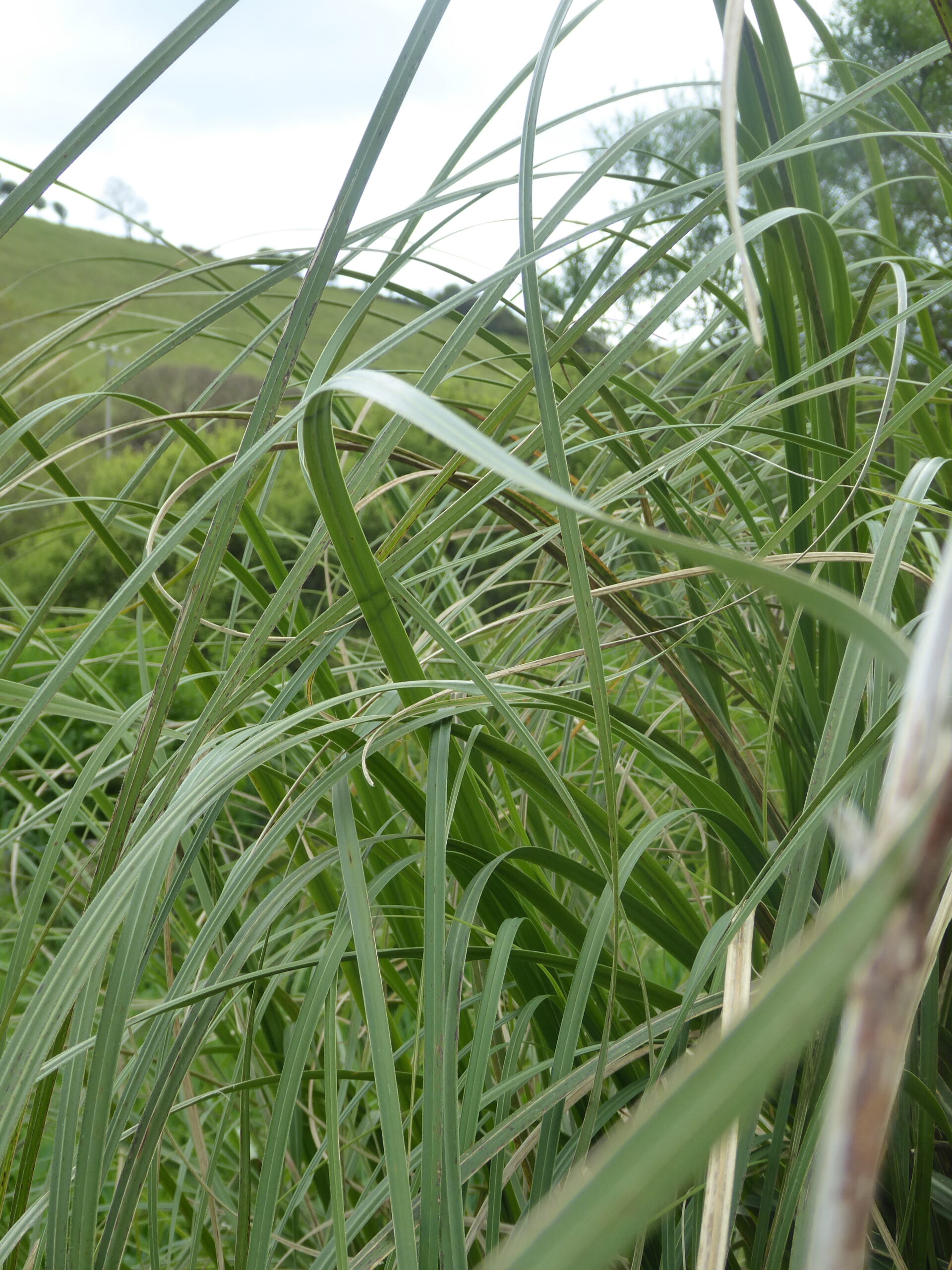Like montbretia and other garden escapees, pampas grass pops up at the side of the road and in other wasteland locations. There is a place I’ve nicknamed ‘Pampas Park’ on my walk into the village. It’s quite lovely with the sea in the background and different shapes of pampas blooms. Pampas grass was introduced to the UK in the 1840s, by horticulturalists, most species coming from South American countries, where it grows wild along riverbanks.
But it has taken a lot of effort to remove the husky cores from our watermeadow. We removed eight from Vole County and they left craters in which we planted trees to maintain the stability of the bank. The remaining pampas grasses were on our boundaries and now we have only one left, tucked away behind Alder Corner on the bank of the stream. Perhaps we will leave it there in its preferred environment.
Does pampas grass have any redeeming features? Well, it’s an evergreen, dense enough to provide a place for a nest, and it grows rather stately creamy plumes when it flowers in the late summer. The downside is that it takes up a lot of space in breadth and depth and is quite prolific, so you end up with several clumps, and the leaves can have razor sharp edges.
